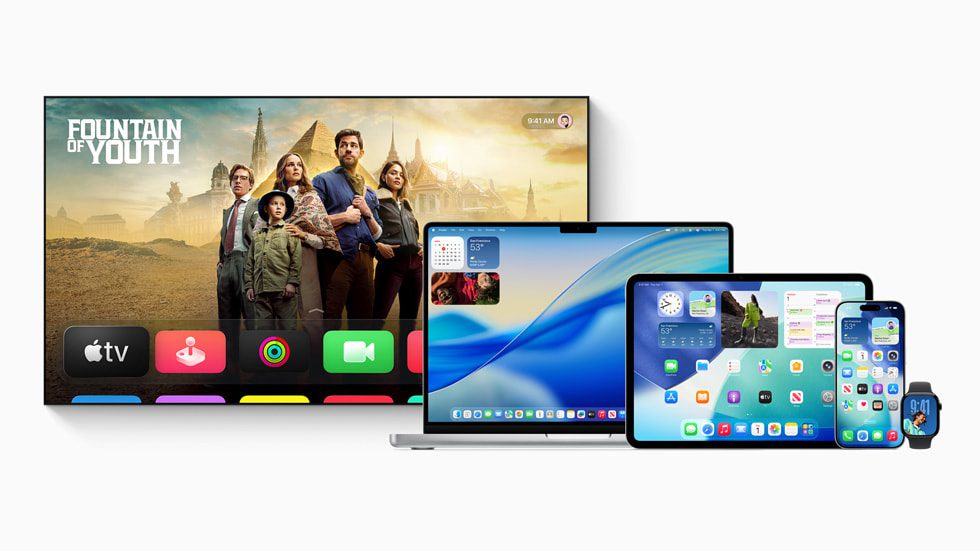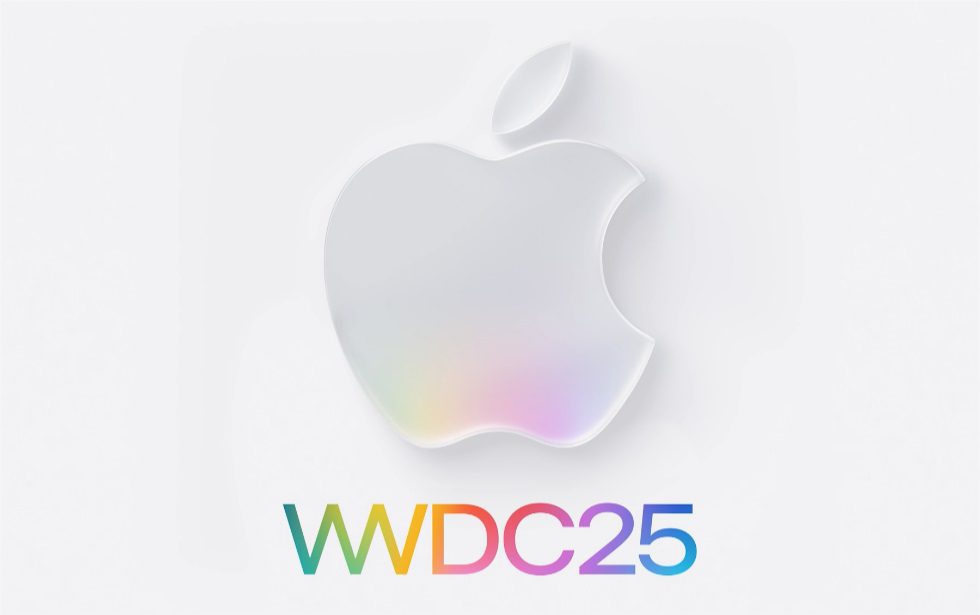
Apple Liquid Glass transforms how we interact with technology. Announced at WWDC 2025, this innovative design language redefines user interfaces across Apple’s ecosystem. The public betas for iOS 26, iPadOS 26, and macOS Tahoe 26 are now available, giving users a first look at this fluid, glass-like aesthetic. This article dives into the Liquid Glass revolution, exploring its features, impact, and what it means for Apple users in the United States.
Contents
- 1 Key Takeaways
- 2 The Inspiration Behind Liquid Glass
- 3 How Liquid Glass Works
- 4 iOS 26: A Fluid Mobile Experience
- 5 iPadOS 26: Enhanced Creativity
- 6 macOS Tahoe 26: Desktop Elegance
- 7 watchOS 26 and tvOS 26: Unified Design
- 8 Positive Reactions
- 9 Criticisms and Concerns
- 10 Live Translation and Search
- 11 Developer Feedback
- 12 Preparing for AR
Key Takeaways
- Apple Liquid Glass is a new design language for iOS 26, iPadOS 26, macOS Tahoe 26, watchOS 26, and tvOS 26.
- It features translucent, dynamic interfaces that adapt to user context.
- Public betas launched on July 24, 2025, showcasing enhanced animations and AI integration.
- Mixed user feedback highlights stunning visuals but readability concerns.
- The design aims to unify Apple’s ecosystem for a seamless experience.
What is Apple Liquid Glass?
Apple Liquid Glass is a design language introduced at WWDC 2025. It blends the optical qualities of glass with fluid, dynamic motion. Apple describes it as a material that reflects and refracts light, creating a lively interface. This aesthetic spans iOS 26, iPadOS 26, macOS Tahoe 26, watchOS 26, and tvOS 26. The goal? To make apps and system experiences more expressive and intuitive.
The Inspiration Behind Liquid Glass
Apple drew from its design history to craft Liquid Glass. Influences include the Aqua interface of early macOS, iOS 7’s Gaussian blur, and visionOS’s glass-like UI. Craig Federighi, Apple’s senior vice president of software engineering, noted that designers studied real glass properties in Apple’s industrial design studios. The result is a digital material that mimics physical glass, with real-time rendering and specular highlights.
How Liquid Glass Works
Liquid Glass uses transparency and context-aware animations. It dynamically adjusts based on user interactions and content. For example, navigation bars shrink when scrolling to prioritize content. App icons feature layered translucency, reacting to device movement. This creates a sense of depth and vitality across Apple devices.
Key Features of Liquid Glass in Public Betas
The public betas for iOS 26, iPadOS 26, and macOS Tahoe 26, released on July 24, 2025, showcase Liquid Glass in action. Here’s what users can expect.
iOS 26: A Fluid Mobile Experience
iOS 26 introduces Liquid Glass to the iPhone. The Lock Screen now uses a translucent time display that adapts to photo wallpapers. The Control Center and Notification Center feature fluid transitions. App icons shimmer with glass-like effects, enhancing personalization. However, beta 3 faced criticism for reducing transparency, though beta 4 restored the “liquid” aesthetic.
iPadOS 26: Enhanced Creativity
iPadOS 26 leverages Liquid Glass for Apple Pencil interactions. Drawing feels like working on a slick glass surface. Widgets float above wallpapers, and multitasking panels transition smoothly. The design emphasizes depth without clutter, making navigation intuitive.
macOS Tahoe 26: Desktop Elegance
macOS Tahoe 26 applies Liquid Glass to Finder windows, the Dock, and desktop widgets. The interface adapts to light and dark modes, with customizable tints. Users can personalize the desktop with clear, glass-like app icons. The design aligns hardware and software for a cohesive experience.
watchOS 26 and tvOS 26: Unified Design
watchOS 26 uses Liquid Glass for interactive widgets that expand with swipes. tvOS 26 applies the design to navigation bars and app interfaces. Both maintain visual consistency across Apple’s ecosystem, ensuring familiarity.
Table: Liquid Glass Features Across Platforms
| Platform | Key Liquid Glass Features | User Benefits |
|---|---|---|
| iOS 26 | Translucent Lock Screen, dynamic Control Center | Enhanced personalization, fluid navigation |
| iPadOS 26 | Apple Pencil feedback, floating widgets | Improved creativity, seamless multitasking |
| macOS Tahoe 26 | Glass-like Dock, customizable desktop | Cohesive design, aesthetic flexibility |
| watchOS 26 | Interactive widgets, swipe-based animations | Reduced clutter, intuitive interactions |
| tvOS 26 | Fluid navigation bars, app interface enhancements | Consistent ecosystem experience |
User Feedback: Love It or Hate It?
The Liquid Glass design has sparked mixed reactions. Some users praise its futuristic aesthetic. Others criticize its readability, especially in bright environments. A post on X with 18.5 million views claimed, “Steve Jobs would’ve fired everyone” due to transparency issues in the iOS Control Center. Apple addressed concerns in iOS 26 beta 4 by enhancing the “liquid” effect.
Positive Reactions
- Stunning Visuals: Users love the shimmering app icons and fluid animations.
- AI Integration: Liquid Glass works with Apple Intelligence, suggesting widgets based on usage.
- Ecosystem Unity: The consistent design across devices feels seamless.
Criticisms and Concerns
- Readability Issues: Translucent elements can strain eyes in low-contrast settings.
- Performance Demands: The design requires significant computational power, relying on Apple silicon.
- Developer Challenges: Smaller teams may struggle to meet Apple’s high visual standards.
Listicle: 5 Ways Liquid Glass Enhances User Experience
- Dynamic Adaptability: Interfaces adjust to context, like dimming during focus modes.
- Visual Depth: Layered translucency creates a 3D effect, making apps pop.
- Personalization Options: Customizable tints and clear app icons offer flexibility.
- AI-Driven Interactions: Apple Intelligence enhances widget suggestions and UI behavior.
- Cross-Platform Consistency: Unified design ensures familiarity across devices.
The Role of Apple Intelligence
Liquid Glass integrates with Apple Intelligence, Apple’s AI framework. The UI adapts to user habits, such as suggesting widgets based on time or location. In focus modes, animations reduce to minimize distractions. This context-aware design makes interactions smarter and more intuitive.
Live Translation and Search
Apple Intelligence powers features like Live Translation in FaceTime and text messages. Users can also take screenshots for visual searches, competing with Google’s Circle to Search. These AI enhancements blend seamlessly with Liquid Glass, creating a responsive interface.
Challenges and Fixes in Beta Testing
Apple refined Liquid Glass through beta testing. Beta 3 introduced a “frosted” look, reducing transparency. Users called it “cheaper” and less innovative. Beta 4 restored the fluid aesthetic, balancing readability and style. Apple may add stronger background blur or color tints to address ongoing concerns.
Developer Feedback
Designers worry about readability and development complexity. One suggested drop shadows or tone mapping to improve contrast. Apple’s Human Interface Guidelines urge developers to prioritize content hierarchy, but smaller teams may face challenges.
Table: Beta Testing Changes for Liquid Glass
| Beta Version | Changes Made | User Impact |
|---|---|---|
| Beta 2 | Highly translucent navigation bars | Vibrant but hard to read |
| Beta 3 | More opaque, “frosted” look | Improved readability, less “liquid” feel |
| Beta 4 | Restored fluid transparency, subtle tweaks | Balanced aesthetics and usability |
Future Implications of Liquid Glass
Liquid Glass could foreshadow hardware innovations. Rumors suggest an iPhone 17 Pro color tied to the design, hinting at a physical glass-like material. The UI may also prepare Apple devices for augmented reality (AR) interfaces, aligning with visionOS.
Preparing for AR
The translucent, layered design suits AR environments. Liquid Glass could bridge current interfaces with future AR glasses, ensuring a familiar user experience. Its context-aware animations align with AR’s need for dynamic visuals.
How to Access the Public Betas
The public betas for iOS 26, iPadOS 26, and macOS Tahoe 26 launched on July 24, 2025. To join:
- Visit beta.apple.com.
- Sign in with your Apple ID.
- Enroll your device in the beta program.
- Download the beta profile from Settings (iOS/iPadOS) or System Settings (macOS).
- Update via Software Update.
Note: Betas may have bugs. Back up your device before installing.
Summary
Apple Liquid Glass redefines Apple’s ecosystem with a fluid, translucent design. Launched in the public betas for iOS 26, iPadOS 26, and macOS Tahoe 26 on July 24, 2025, it blends aesthetics with functionality. Features like dynamic app icons, AI-driven widgets, and cross-platform consistency enhance user experience. However, readability concerns and performance demands have sparked debate. Apple’s beta testing shows responsiveness to feedback, with beta 4 restoring the “liquid” look. As Liquid Glass evolves, it may pave the way for AR and new hardware, making it a bold step in Apple’s design journey.
Keywords and Tags: Apple Liquid Glass, iOS 26, iPadOS 26, macOS Tahoe 26, Apple Intelligence
FAQs About Apple Liquid Glass
- What is Apple Liquid Glass?
It’s a design language introduced at WWDC 2025, featuring translucent, fluid interfaces across iOS 26, iPadOS 26, macOS Tahoe 26, watchOS 26, and tvOS 26. - When were the public betas released?
The public betas for iOS 26, iPadOS 26, and macOS Tahoe 26 launched on July 24, 2025. - How does Liquid Glass improve user experience?
It offers dynamic animations, AI-driven widget suggestions, and a unified design for seamless navigation. - What are the main criticisms of Liquid Glass?
Users report readability issues due to transparency, especially in bright environments. - How has Apple addressed beta feedback?
Beta 4 restored the fluid aesthetic after beta 3’s “frosted” look, improving readability. - Does Liquid Glass require powerful hardware?
Yes, it relies on Apple silicon for real-time rendering and animations. - Can developers use Liquid Glass in apps?
Yes, Apple’s Human Interface Guidelines encourage third-party apps to adopt the design. - How does Apple Intelligence integrate with Liquid Glass?
It powers context-aware UI changes, like widget suggestions and focus mode adjustments. - Is Liquid Glass related to AR?
Its layered, translucent design may prepare devices for future AR interfaces. - How can I try the public betas?
Enroll at beta.apple.com, download the beta profile, and update via Settings or System Settings.
STAY AHEAD OF THE CURVE WITH THE LATEST TECH INSIGHTS AND UPDATES! FOR MORE TECH-RELATED NEWS, VISIT TECHBEAMS.



